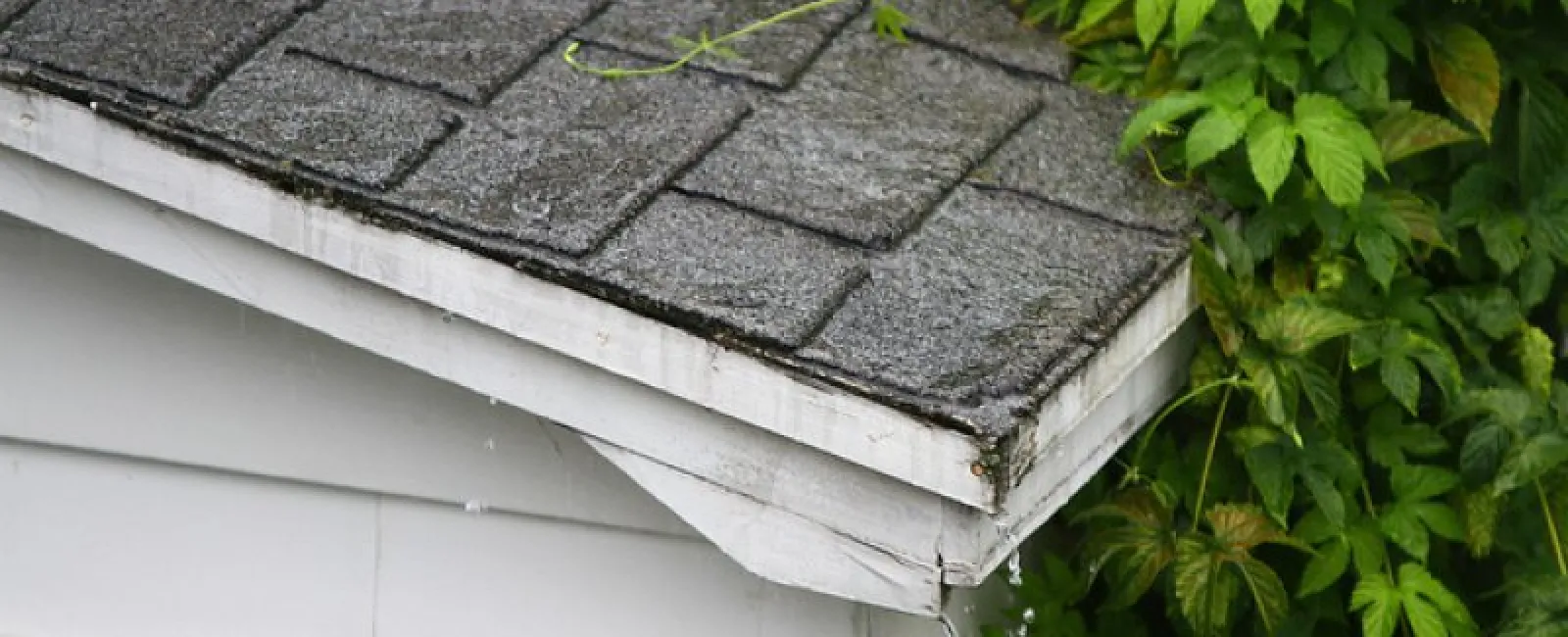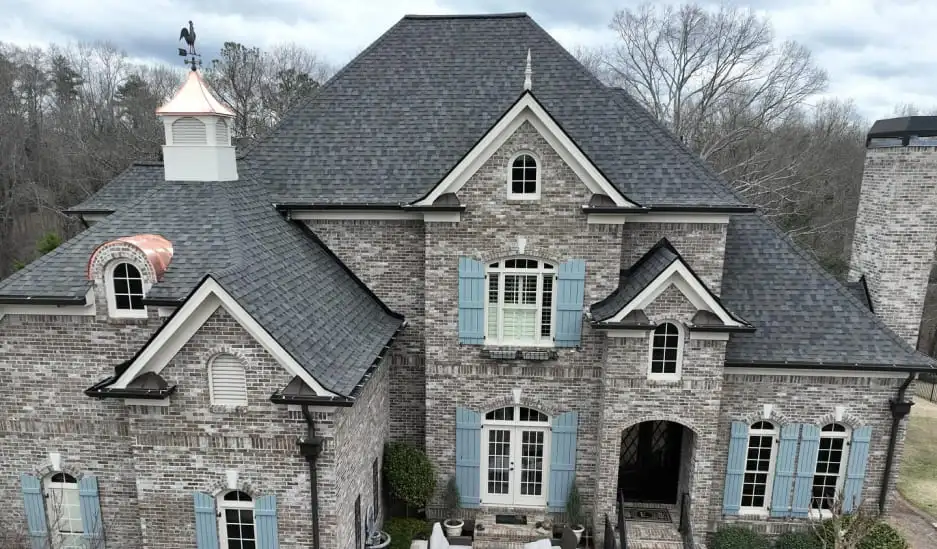Have you seen piles of small granules around your downspouts? Are your shingles looking a little grayer and emptier than they used to be? You may not like what this means for your roof shingles- but it is a problem that needs your attention before it gets worse.
Shingle Granules and Their Role
No doubt you have noticed the rough surface of asphalt shingles – very different from the relatively smooth surface of asphalt roads. There’s a reason for this: During the shingle manufacturing process, before the asphalt has fully set, granules are adhered to the surface of the shingle, giving it this motley, rough appearance.
These granules are typically made from minerals or mineral fibers, but some are also made from metals like copper. Traditionally, these granules are applied to shingles to protect the asphalt because prolonged exposure to the sun can lead to damage. Also, the granule layer on the shingles looks much better on a roof than streaks of black asphalt. Metal granules are added to help kill off algae growth.
Granule loss and warning signs
While the granules on your shingles are adhered to the asphalt layer, they might become unattached over time. This is generally bad for your roof-it makes it more difficult for your shingles to protect roofing materials and prevent sun or water damage. It is also associated with damaged or broken shingles.
If you are losing granules, you will probably know it. There are two major warning signs. The first is finding granules around your house, especially in gutters or where water runoff from your roof spills to the ground. Piles of granules come from somewhere, and it usually means your shingles are losing them. The second sign is being able to spot bare shingle spots just by looking at your roof, a sure sign that granule loss has been going on for some time.
Causes for granule loss
There are several reasons that roof shingles lose their granules. Common causes include:
- Age: Shingles don’t last forever, and granule loss is one of the most obvious signs of aging. Old shingles tend to be bare shingles.
- Poor Shingle Quality: A bad batch of shingles may quickly lose granules, even when new. This is why a quality installation is so important.
- Bad Storms: Thunderstorms, especially storms that include hailstones, can be rough on shingles, knocking granules loose and creating other problems.
Replacing shingles
There is no easy solution for losing granules on your shingles except to replace (not cover up) those shingles with new versions. Depending on the type of granule loss you are experiencing, this may include replacing a patch of shingles, or replacing an entire rooftop. Ask your local roof and building professional for a closer inspection and more advice.
Image Courtesy of: Flickr



